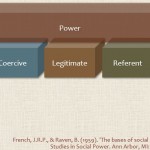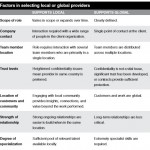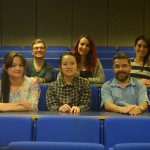Author's details
Name: Colin Pattinson
Date registered: October 17, 2014
Biography
Web Science Msc/PhD Candidate.
Latest posts
- Oral History Part 4: The Final Meeting & Dragon’s Den Prep — April 30, 2015
- Dragon’s Den Overview — April 30, 2015
- Trust and Be Seated — April 25, 2015
- Power and Be Seated — April 25, 2015
- Crowds and Be Seated: When to use Crowds — April 25, 2015
Most commented posts
- News: Changes to Google Search – ‘mobilegeddon’ — 1 comments





